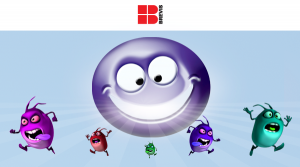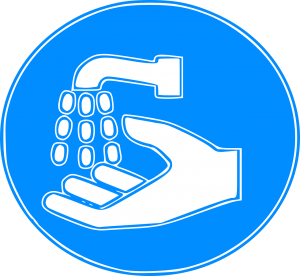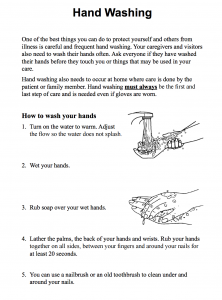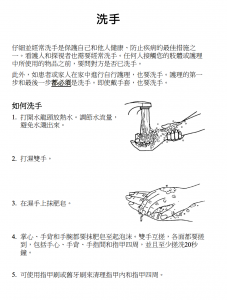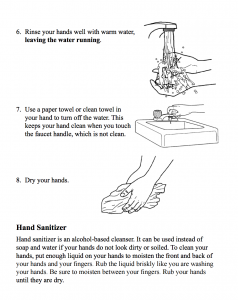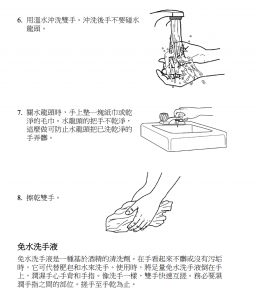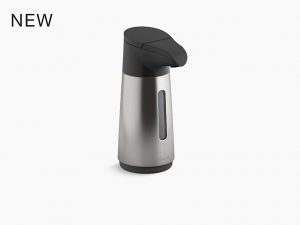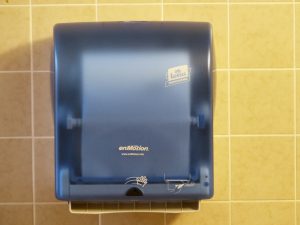Last October, a hospital in India claimed their place in the Guinness Book of World Records for hand washing.

Kasturba Hospital, a unit of Manipal University, held a hand sanitation relay last October 15 in conjunction with Global Handwashing Day. One of the largest hospitals in India, Kasturba is the first medical college in Karnataka to be listed among the National Board for Accreditation of Hospitals (NABH), and is also listed by the Association for the Accreditation of Human Research Protection Programs (AAHRPP).
The attempt to break the previous Guinness record was part of an initiative to raise awareness about the importance of handwashing among health professionals. Not only did hospital staff and university students learn more about the importance of hand sanitation prior to any contact with patients, word of this simple practice spread throughout the community.
The record-breaking relay involved 3,422 people completing the task of washing hands throughout the day. The previous record was held by another hospital in India– Indraprastha Apollo Hospital in New Dehli– with 1,711 people having participated.
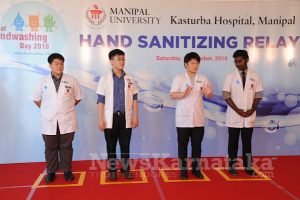
Sources:
http://www.qswownews.com/2017/04/27/kasturba-hospital-manipal-university-enters-guinness-book/


